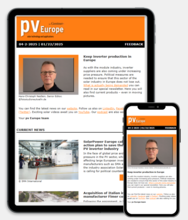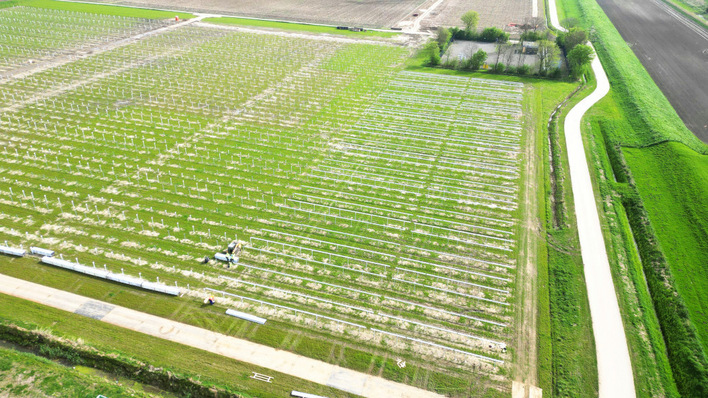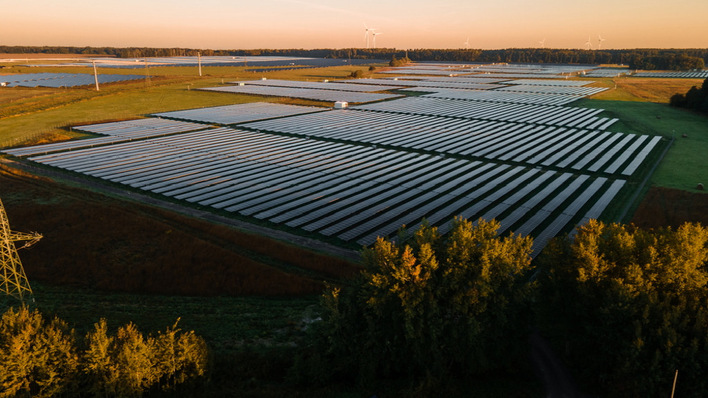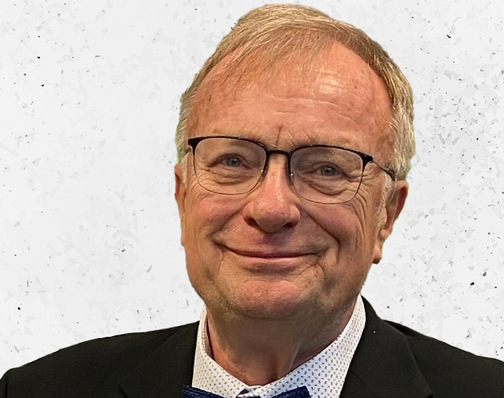The demand for C&I storage systems is very high. Does the market have plenty of cells?
Franz-Josef Feilmeier: The value chains are working. As well as for the LFP cells, which we use in our indoor stationery systems, now from residential to commercial range, but also for the car batteries, those obsolete, very new batteries. Unfortunately, the electric car industry has some issues right now, but for us this means there are a lot of batteries available. Tehy are very new,of perfect quality, and they allow a quite good pricing for big storage systems.
Subscribe to pv Europe newsletter now!
Which innovations does Fenecon offer this year?
We have a very new commercial storage system. There the core idea was to make it as easy as the residential systems. Just stackable, just add an inverter, automatic commissioning protocol, the same monitoring, the same energy management as everybody is used to.
To lower the obstacles for your customers?
The hurdle for the installer to do commercial also when he is used to do residential systems is quite easy. On the other end, we have our large systems. They are based on electric vehicle batteries. As I said, there are quite a lot of them available right now. That means we offer big and even much bigger systems at very good pricing. For those products we built two new factories One in Germany, already in operation, and another one in US. This will go into operation by the end of this year.
Watch the full interview on YouTube
Can you deliver the new products in a very short time to the customers?
Yes, of course. High demand, fast supply.
Everybody is expecting everything from a commercial storage solution. It has to be a universal genius. What are the most important functions to offer to your clients?
Especially in the C&I segment you don't have this one system which you install one time and then it runs for 20 years without any change. Exactly, it's completely opposite, by the way. We don't see any system which does no changes. It's an energy journey which is started with the installation of a storage system. Typically, the system itself grows by capacity, by power or by different applications from the energy management system or the surrounding.
More about new storage devices
You mean, during the operation many things may change?
Of course! Maybe the solar installation will grow or the charging park will grow at a company site. This all needs to be handled by the energy management system. This is the core request for a C&I system. We actively manage and support this energy journey and support, especially for the installer who does the single separate steps then.
More innovation on video – watch PV Guided Tours!
You have to include dynamic proicing in your energy management system and more things which are coming up in the future, right?
Just imagine, you would have a storage system which would not be able to look in the period of time and involve actively dynamic tariffs. You would definitely get rid of the system, sorry to say. You definitely need it. Otherwise, the system is just not worth being operated there any longer. It's a core requirement to really implement dynamic tariffs with a look into the future forecast of production of PV, if there is a photovoltaic installed. The curve of consumption and the solar yield have to be brought together to decide if you need additional electricity from outside. And when do you need to buy it from the grid.
We talked a lot about fire security of battery systems in Germany. How do you deal with that?
That's an important issue. The biggest thing is quality. Unfortunately, there are so many suppliers, so many startups, especially in Asia, who produce something which looks good, definitely. But it's a system which you really need to have under control that it's not dangerous. That's why I'm a bit concerned.
What Fenecon does to make the systems secure?
For us, it's very important. We're working very closely with CATL. They are the supplier of our LFP cells for the stackable indoor systems, but they are also the manufacturer, typically of these automotive cells, which we buy then from the automotive OEMs when they have its surplus,. But the cell still comes from CTL. The quality approach in the car industry, especially looking at the European premium or German premium OEMs, is definitely on much higher level than maybe a tier 2, tier 3 stationery storage manufacturer from somewhere.
Interview by Heiko Schwarzburger








